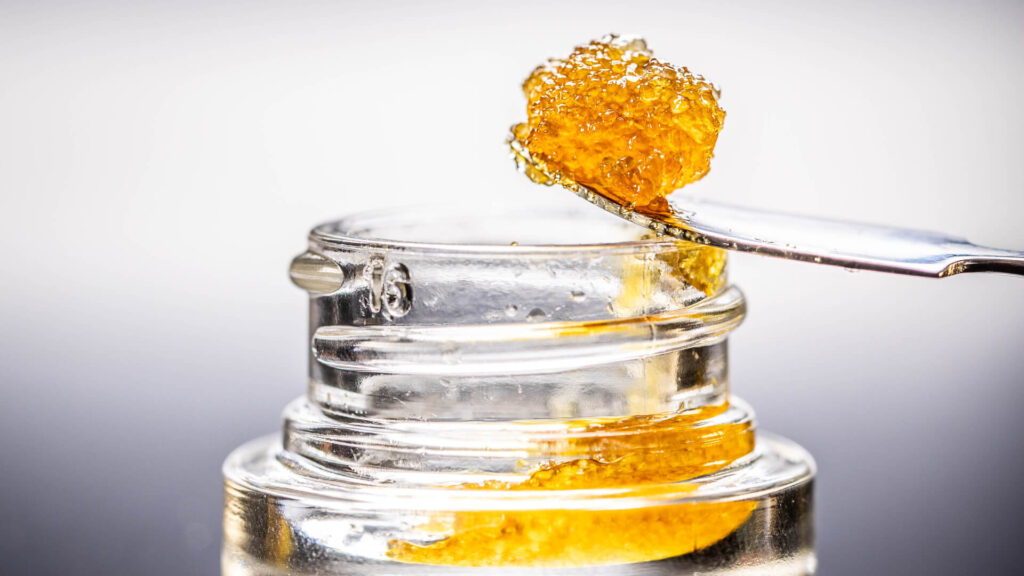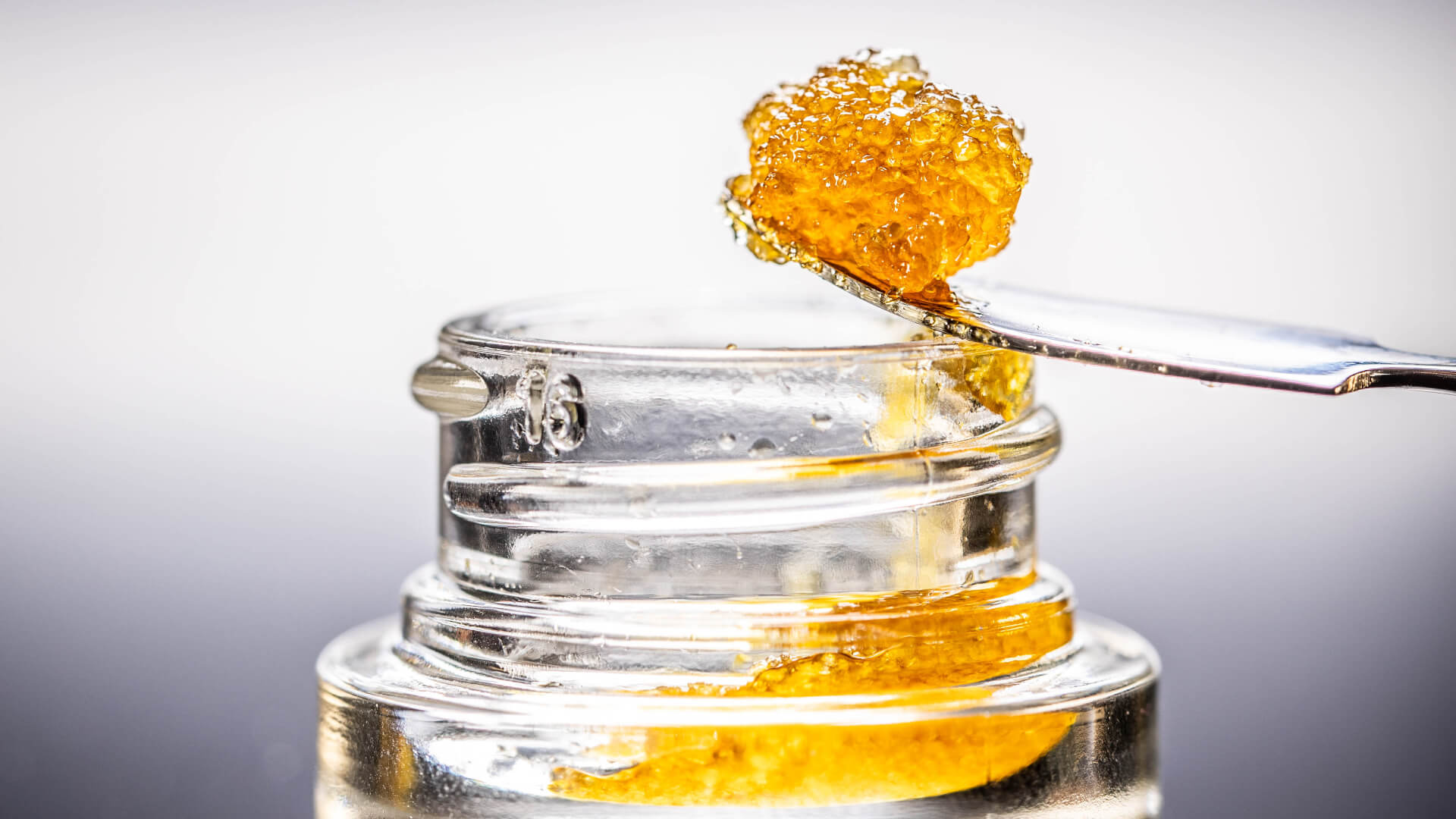Learn all about how these popular concentrates are extracted.

Live resin concentrates have been available for about a decade now, and in that time they have become a favorite among both consumers and processors. Consumers prefer it because it is potent and often more “terpy” than other hash oils, meaning it carries a more prominent smell and flavor as a result of the superior terpene profile. Processors prefer it because live resin extraction does not require the plants be trimmed and cured. Instead, the plants are cut whole, stored below freezing, and sent directly for extraction. In 2020, MJBiz calculated live resin sales grew by 40%. Last year, according to the Cannabis Business Times, live resin sales grew another 29% across six states (California, Colorado, Michigan, Nevada, Oregon, and Washington), doubling the growth of the concentrate market as a whole, which also increased by 14%. Given this sharp rise in popularity, let’s review what live resin is, how it’s made, and what makes it different from other concentrates.
What is Live Resin?
Live resin is a cannabis concentrate derived from plants that have not been dried or cured, but rather have been cut down and cryogenically frozen. These plants then remain frozen throughout the extraction process. The benefit of keeping them in frozen stasis is that the cannabinoid and terpene composition, which would otherwise change and degrade during the weeks-long curing process, is instead kept intact for a flavorful, full spectrum vaping experience. While other concentrates are so named for their consistency – like gooey wax or brittle shatter – live resin is instead named for its extraction process and may result in various consistencies. These will typically be labeled as live wax, live sauce, live budder, etc.

Despite its name, there is technically nothing alive in live resin, but the plant itself is kept in a relatively living state compared to cannabis that has been dried and cured, and may be extracted weeks after harvesting. While drying and curing are natural preservation processes, tests have found that as much as 50% of some cannabinoids are lost in as little as a week after being harvested. Granted, sesquiterpenes like caryophyllene may increase, but at the expense of monoterpenes like myrcene and limonene. By flash-freezing, the cannabinoid profile of the fresh plant is preserved all the way through the extraction process without suffering degradation from light, heat, curing, or handling.
How is Live Resin Made?
Live resin begins by harvesting buds and flash freezing them both as quickly as possible, and as soon after harvesting as possible. The principal cooling agent is liquid nitrogen (dry ice), then cryoprotectants are included to further preserve and prepare the plant matter for cryogenic storage. Plants need to be frozen as quickly as possible to minimize the potential damage done by the freezing process. When plant matter freezes slowly, ice crystals form and rupture cells near the surface, including the resinois glands that carry cannabinoids and terpenes. This, in turn, disrupts the osmotic balance of nearby cells which leads to dehydration, further crystallization, and further damage. But when plant matter is frozen almost instantly, ice crystal formation is severely reduced, preserving the molecular integrity of the plant material including the cannabinoid and terpene profiles.

The frozen plant matter is then kept at cryogenic temperatures throughout the extraction process, which is not otherwise dissimilar from other solvent extraction. The plant matter is placed in a closed-loop extractor with butane, supercritical CO2, or other solvent, and cycled through until the cannabinoids and terpenes have been stripped from the plant. The resulting oil is then heated to evaporate any remaining solvent which is vacuumed out of the air and often reused. Thinning agents and emulsifiers are then added to create the desired consistency. Note that live resin should not be confused with rosin, which is a solventless concentrate extracted by the heat and pressure of a rosin press. Conversely, live resin is always extracted using solvents.
How Live Resin Differs From Other Concentrates
The opposite of live resin is cured resin, which is the more traditional concentrate extracted from cannabis that has been dried and cured. Cured resin is still a perfectly viable form of extract, but because cannabinoids and terpenes are lost during the process, cured resins are typically muted or diminished expressions of their original strains. Some cured resins adjust for this by adding botanical terpenes back into the extract for a more prominent smell and flavor, but more of these additives have come under scrutiny lately from health regulators, including a sweeping recall of products in Pennsylvania. However, live resin is an inherently full-spectrum product that delivers a flavorful experience without the need for additives. Because the cannabinoid and terpene profiles are kept intact, live resin also delivers more minor cannabinoids, terpenes, and flavonoids that would otherwise degrade from cured resin. All of these compounds work together in what is commonly referred to as “the entourage effect” which offers consumers a well-rounded medicinal experience than partial-spectrum concentrates and much more than distillates.
Conclusion
Cannabinoids and terpenes are volatile compounds that degrade easily in light and heat, and over time THC can naturally morph into CBD. Freezing the plants as soon as they are harvested preserves these cannabinoids and terpenes exactly as they were when the plant was cut. Abiding by the best practice of “good in, good out,” flash-frozen buds may be the best thing you can put into a closed-loop extractor, and so far live resin is the best thing to come out of one.
Frequently Asked Questions
How is Live Resin Different From Live Rosin?
Despite its superior purity, live resin is still a solvent extract made with butane or CO2. Rosin, on the other hand, is a solventless extract produced with a rosin press which applies only heat and pressure to separate the hash oil from the plant.
Does Live Resin Use Solvents?
Yes, live resin is produced in a closed-loop extractor with the aid of solvents.
What are THCA Diamonds?
THCA diamonds are a form of cannabis concentrate that appear as translucent crystals, sometimes soaked in a terpene sauce. They are smoked or vaped like any other kind of concentrate.

